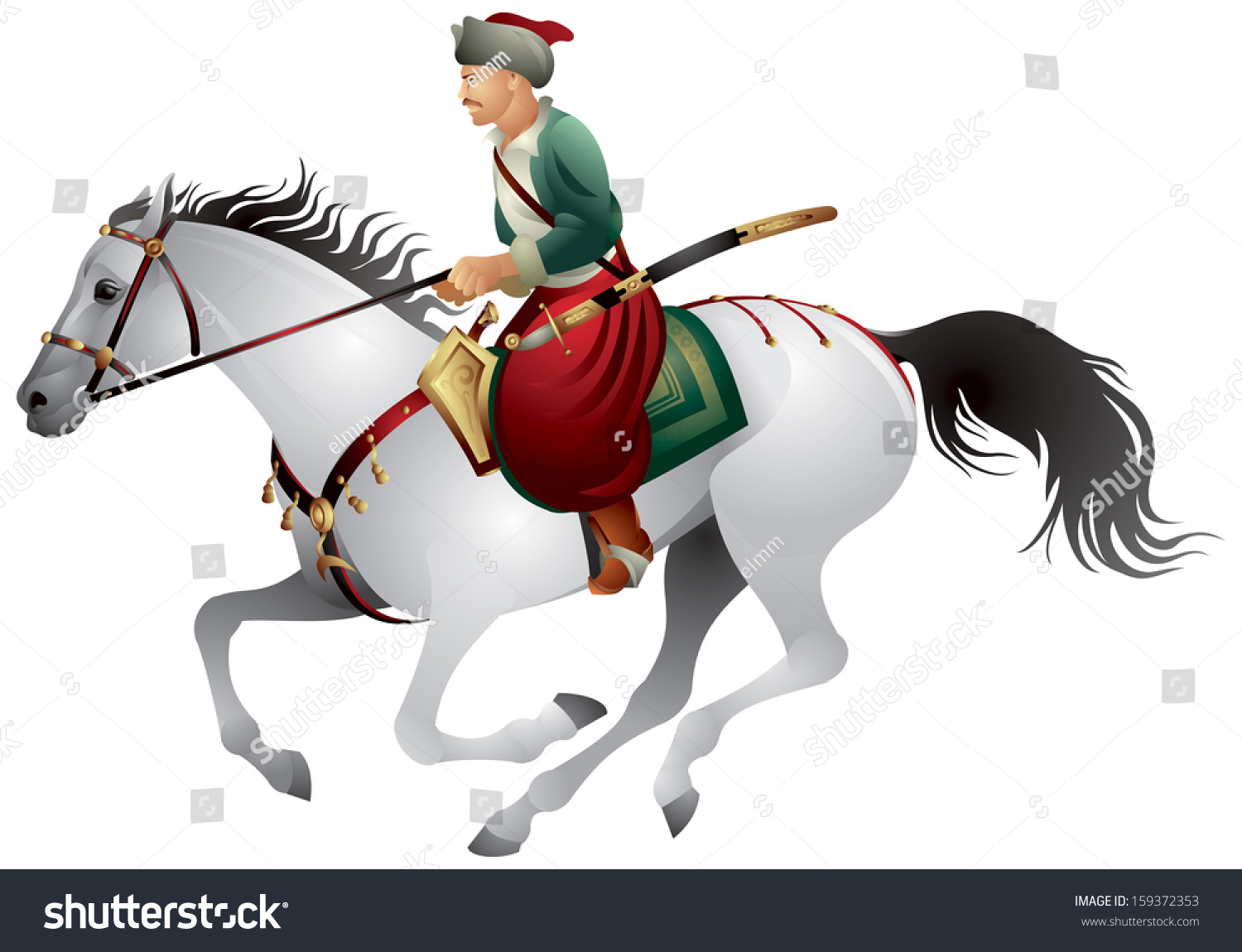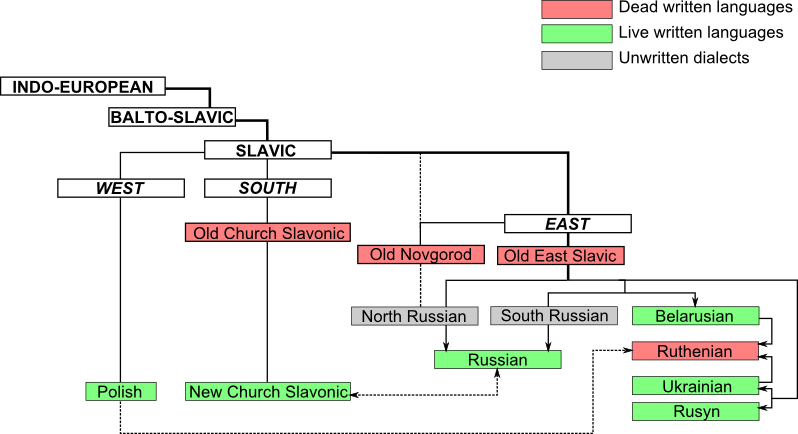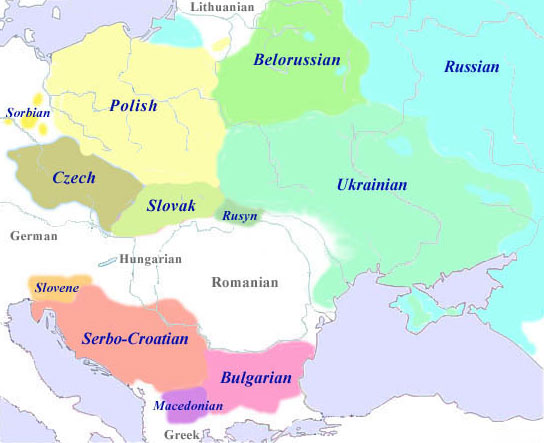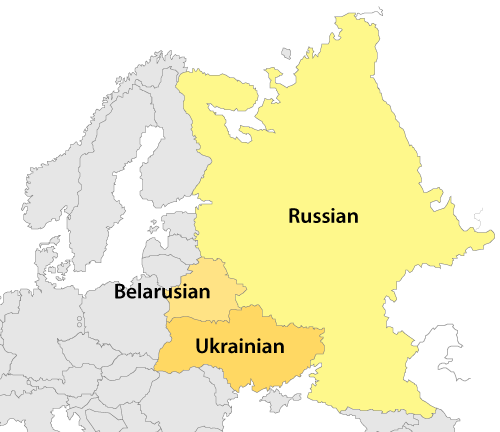
Website of the Indiana University Department of Slavic and East European Languages and Cultures in Bloomington. The department has a full array of language, literature, culture, and linguistics courses for students interested in the study of Russian, Bosnian/Croatian/Serbian, Czech, Polish, and Romanian.

http://2.bp.blogspot.com/-FthtGNf3Jr0/UIVz5yzrncI/AAAAAAAAE8E/zpjfJnghOW8/s1600/East_Slavic_Languages_Tree_en.png
Slavic languages: Slavic languages, group of Indo-European languages spoken in most of eastern Europe, much of the Balkans, parts of central Europe, and the northern part of Asia. The Slavic languages, spoken by some 315 million people at the turn of the 21st century, are most closely related to the languages of the
Slavic languages: Slavic languages, group of Indo-European languages spoken in most of eastern Europe, much of the Balkans, parts of central Europe, and the northern part of Asia. The Slavic languages, spoken by some 315 million people at the turn of the 21st century, are most closely related to the languages of the SLAVIC: simplified-international (400 million speakers) This is the official website for the universal simplified Slavic language Slovio, which is mutually Website of the Indiana University Department of Slavic and East European Languages and Cultures in Bloomington. The department has a full array of language, literature, culture, and linguistics courses for students interested in the study of Russian, Bosnian/Croatian/Serbian, Czech, Polish, and Romanian. http://image.shutterstock.com/z/stock-vector-cossack-from-zaporizhian-sich-on-the-white–with-the-sabre-and-pistol-east-slavic-warrior-159372353.jpg
© 2018, The Ohio State University, Designed by · Arts and Sciences Web Services.Arts and Sciences Web Services. ·
I cannot forecast to you the action of Russia. It is a riddle, wrapped in a mystery, inside an enigma; but perhaps there is a key. That key is Russian national interest.

I cannot forecast to you the action of Russia. It is a riddle, wrapped in a mystery, inside an enigma; but perhaps there is a key. That key is Russian national interest. Russian language, Russian Russki yazyk, principal state and cultural language of Russia. Together with Ukrainian and Belarusian, the Russian language makes up the eastern branch of the Slavic family of languages. Russian is the primary language of the overwhelming majority of people in Russia and is © 2018, The Ohio State University, Designed by · Arts and Sciences Web Services.Arts and Sciences Web Services. ·
Since 1950, the Summer Language Workshop has enabled thousands of students and professionals to intensively study languages critical to academic research, economic development, human rights, diplomacy, national security, cultural exchange, scientific achievement, and other global issues.
Russian Language East Slavic Since 1950, the Summer Language Workshop has enabled thousands of students and professionals to intensively study languages critical to academic research, economic development, human rights, diplomacy, national security, cultural exchange, scientific achievement, and other global issues. https://www.languing.com/blog/wp-content/uploads/2016/10/rg2.jpg


Old East Slavic or Old Russian was a language used during the 10th–15th centuries by East Slavs in Kievan Rus’ and states which evolved after the collapse of Kievan Rus’. Dialects of it were spoken, though not exclusively, in the area today occupied by Belarus, central and northern Ukraine, and parts of western Russia

Classification. Russian is an East Slavic language of the wider Indo-European family.It is a lineal [citation needed] descendant of the language used in Kievan Rus’, a loose conglomerate of East Slavic tribes from the late 9th to the mid 13th centuries. From the point of view of spoken language, its closest relatives are Ukrainian, Belarusian, and Rusyn, the other three languages in the East https://upload.wikimedia.org/wikipedia/commons/thumb/1/1e/Russian_language_status_and_proficiency_in_the_World.svg/1200px-Russian_language_status_and_proficiency_in_the_World.svg.png https://media1.britannica.com/eb-media/92/1992-004-777BF517.jpg
Ancient Slavic Languages. Old Russian/Old East Slavic Language; Useful Phrases in Old Russian (Old East Slavic) Sudovian Language and Resources; East Slavic …
http://www.staff.uni-mainz.de/wiemerb/Bilder_allgemein/ostslavisch-en.png

http://upload.wikimedia.org/wikipedia/commons/7/71/East_Slavic_Languages_Tree_en.png

SLAVIC: simplified-international (400 million speakers) This is the official website for the universal simplified Slavic language Slovio, which is mutually
https://upload.wikimedia.org/wikipedia/commons/thumb/8/80/Slavic_europe.svg/1200px-Slavic_europe.svg.png

http://media-1.web.britannica.com/eb-media/98/1998-004-80962EB7.jpg

Classification. Russian is an East Slavic language of the wider Indo-European family.It is a lineal [citation needed] descendant of the language used in Kievan Rus’, a loose conglomerate of East Slavic tribes from the late 9th to the mid 13th centuries. From the point of view of spoken language, its closest relatives are Ukrainian, Belarusian, and Rusyn, the other three languages in the East
http://www.andrzejb.net/slavic/images/maplanguage.jpg
Russian language, Russian Russki yazyk, principal state and cultural language of Russia. Together with Ukrainian and Belarusian, the Russian language makes up the eastern branch of the Slavic family of languages. Russian is the primary language of the overwhelming majority of people in Russia and is
Ancient Slavic Languages. Old Russian/Old East Slavic Language; Useful Phrases in Old Russian (Old East Slavic) Sudovian Language and Resources; East Slavic …
Old East Slavic or Old Russian was a language used during the 10th–15th centuries by East Slavs in Kievan Rus’ and states which evolved after the collapse of Kievan Rus’. Dialects of it were spoken, though not exclusively, in the area today occupied by Belarus, central and northern Ukraine, and parts of western Russia